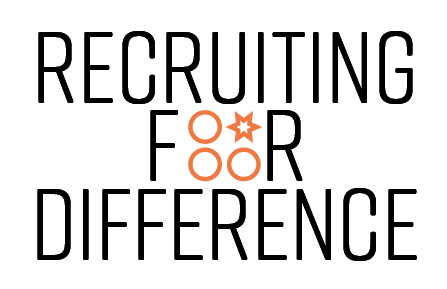Our approach to diversity and inclusion moves D&I from being a set of initiatives to the centre of an organisation’s practice as their overall approach to talent and their people – recruitment, promotion, development and building teams.
It is called Recruiting for Difference©
It is based on the ground-breaking research of behavioural economist Professor Iris Bohnet, the Academic Dean at Harvard Kennedy School and the American social scientist Professor Scott E Page, the Leonid Hurwicz Collegiate Professor of Complex Systems, Political Science, and Economics at the University of Michigan, Ann Arbor. It has been extensively tested with clients in the public, private and third sectors over ten years
It delivers three specific elements of added value to recruitment:
- An original ‘role diagnostic tool’
- a redesign of the process to bring the greatest fairness for all applicants, through increased objectivity and consistency in assessment/scoring
- the opportunity to realise the dividend from diversity by explicitly recruiting the person who will add difference in order to build the strongest team. The recruitment of a number of roles delivers benefit to an organisation by challenging what is valued in those you recruit, widening the diversity of applicants, emphasising the power of difference in teams and rebalancing towards valuing what people bring through their personal experience as well as through their professional/technical skill.
Recently we worked on the recruitment of two Associate Professors at the Faculty of Engineering at a large UK University. The applicants were 15% female (fairly typical in a sector which is overwhelmingly male – the head of the Faculty always says “in science, the nearer you get to the metal the less women there are”!). By using the Recruiting for Difference© tool the shortlist was 35% women and they appointed two women. This is because they had focused the search and assessed the applicants against the criteria free from their preferences. As one of the (actually unsuccessful) applicants said in the ‘exit’ interviews: “I felt that I had been invited as a women and assessed as a scientist”.

